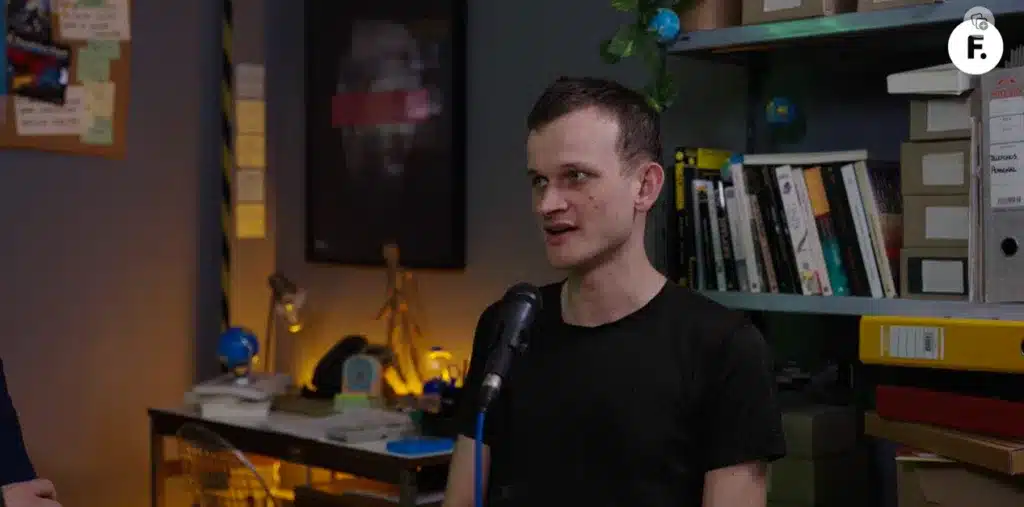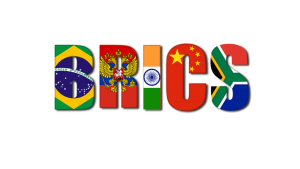
- Buterin suggests AI in predictive blockchain markets, improving applications with efficient analytics and low operational cost.
- He proposes AI as a user interface to simplify blockchain interactions, assisting in understanding and verifying transactions.
Vitalik Buterin’s vision of the confluence of artificial intelligence (AI) and blockchain technology suggests a technological revolution, where these two forces converge to create innovative and transformative applications.
Buterin proposes four ways in which AI and blockchain can complement each other, each offering a unique perspective on how these technologies can collaborate to extend their capabilities and solve complex problems.
AI as a Participant in Blockchain Systems
Buterin envisions AI actively participating in blockchain prediction markets. AI, with its vast knowledge and analytics capabilities, could significantly improve blockchain applications. Buterin highlights the low operational cost of AI and its potential to attract a large number of AI players in prediction markets, incentivizing the development of highly accurate general AI.
AI as a User Interface
Buterin’s second idea focuses on AI as an interface to help users navigate the complex world of cryptocurrencies. This application of AI could simplify users’ interaction with the blockchain, offering assistance in understanding and verifying transactions and smart contracts. Buterin emphasizes the importance of not relying entirely on AI and maintaining a balance with traditional interfaces to ensure security.
AI in the Establishment of Game Rules and DAOs
Buterin also explores the idea of integrating AI into rule-making in blockchain-based games and DAOs. AI could act as a referee or rulebook, providing data-driven decisions and objectivity. However, Buterin notes that this application requires careful consideration to avoid risks and maintain the integrity of the systems.
Creating AI with Blockchain Technology
Buterin’s fourth proposal focuses on using blockchain technology to develop decentralized and secure AI. This AI could be transparent, free of bias and governed in an integrative manner, addressing ethical and security concerns.
Buterin’s ideas on the merger of AI and blockchain show a promising future, full of innovation and possibilities. They underscore the potential for these technologies to work together in ways that can benefit society. However, Buterin urges caution, stressing the need to address ethical and security concerns in the development of these emerging technologies.
These ideas provide a roadmap for future collaboration between AI and blockchain, marking a possible path toward an era of technological innovations and practical solutions to complex challenges. Buterin’s vision is both a reminder of the limitless potential of these technologies and a warning to proceed with caution and ethical consideration.






















